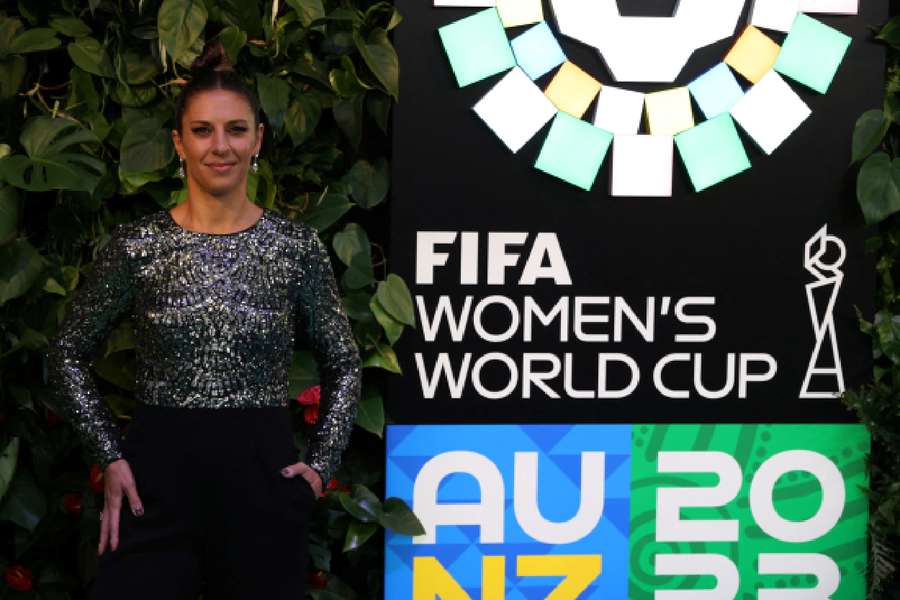Crowded schedule may be behind injury trend in women's football, says US great Lloyd

The United States' bid for an unprecedented third consecutive title took a hit in April when Mallory Swanson, widely seen as the key to the American attack, suffered a torn patella tendon, ruling her out of the tournament in Australia and New Zealand.
Swanson's injury was part of an unsettling pattern worldwide, as Canadian Olympic gold medallist Janine Beckie and England captain Leah Williamson both suffered anterior cruciate ligament (ACL) injuries forcing them to miss the global showpiece that kicks off on July 20th.
US midfielders Sam Mewis and Catarina Macario will also miss out on the quadrennial tournament as they were unable to recover from prior injuries in time.
"It's just devastating to see that so many players are going to miss out on the World Cup because they've gotten injured," Lloyd told Reuters.
"Something kind of needs to be done about it to figure out exactly what is going on."
The two-time FIFA World Player of the Year enjoyed one of the most prolific careers in American soccer, winning the World Cup twice and earning two Olympic gold medals, and will serve as an analyst for the tournament in Australia and New Zealand.
Lloyd, who earned a staggering 316 caps, the third-most in international women's football, during her more than 15-year career, was not immune to injuries, notably breaking her ankle in 2010.
But she said the recent series of injuries represent an undeniable trend, with Spain's Ballon d'Or winner Alexia Putellas and France striker Marie-Antoinette Katoto also suffering ACL injuries over the last year.
"There's obviously an increase of an amount of games, there's obviously an increase in travel, the FIFA windows are shorter, so you're just kind of flying in, couple training sessions, playing a game," said Lloyd.
"I don't think that players are actually training enough because what happens is, when you're playing three games in a week, you're playing the game, you're taking off, you're recovering, you're playing in another game – so you're not getting any type of load in so you can build toward the game."
A 2021 FIFPRO workload report for women's football found an "uneven distribution and scheduling of matches" that leads to overload and a lack of balance in the competition calendar.
"Long, quiet periods are juxtaposed with bursts of overload in which players need to play an unusually high number of games in a short window," the global representative body for professional footballers wrote.
Lloyd's is the latest voice in a chorus of high-profile figures to call for action, with Canadian Beckie telling Reuters in April that more research was needed into the prevalence of injuries in the women's game, with studies showing women are more likely to suffer an ACL injury than men.
The American said the winner this year could very well be determined by which team can stay the healthiest the longest.
"The game scheduling, it's becoming too much with very few training sessions in there that can be intense and be hard," said Lloyd. "We're still a month out so there's still could be more injuries."
